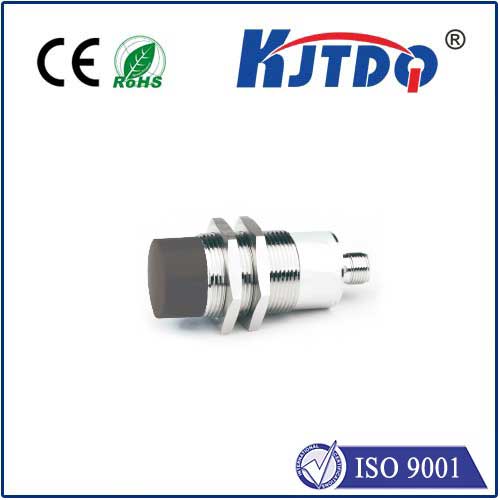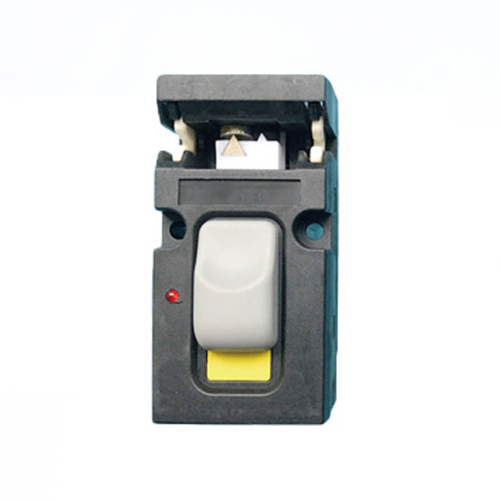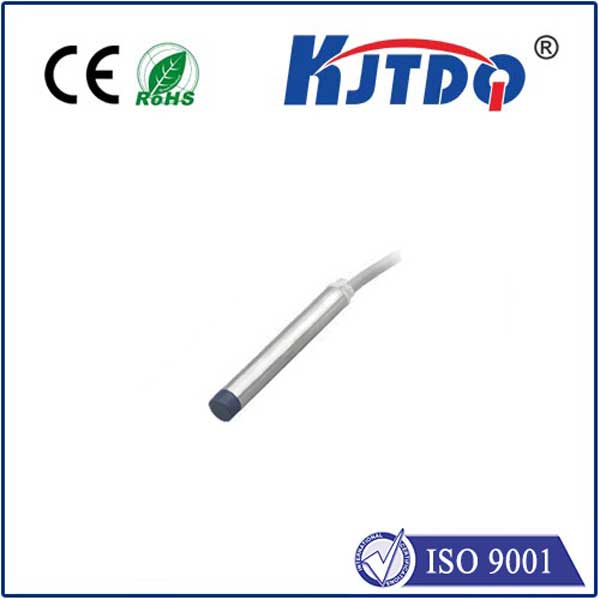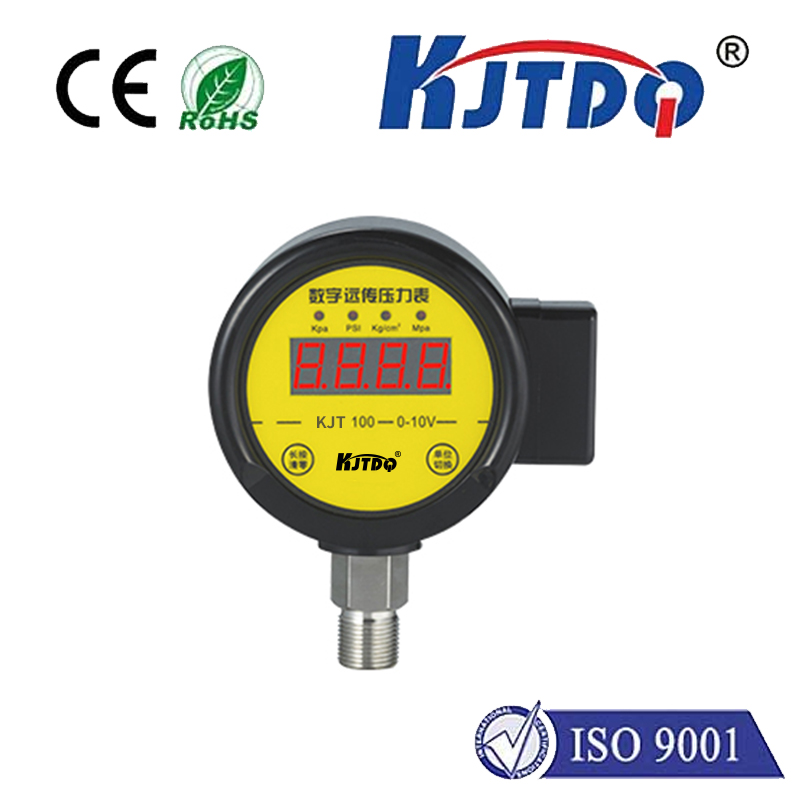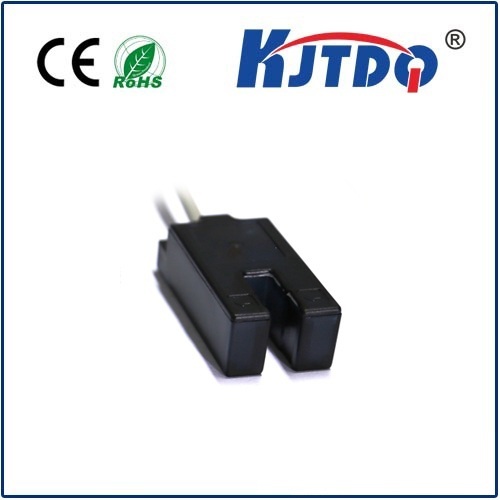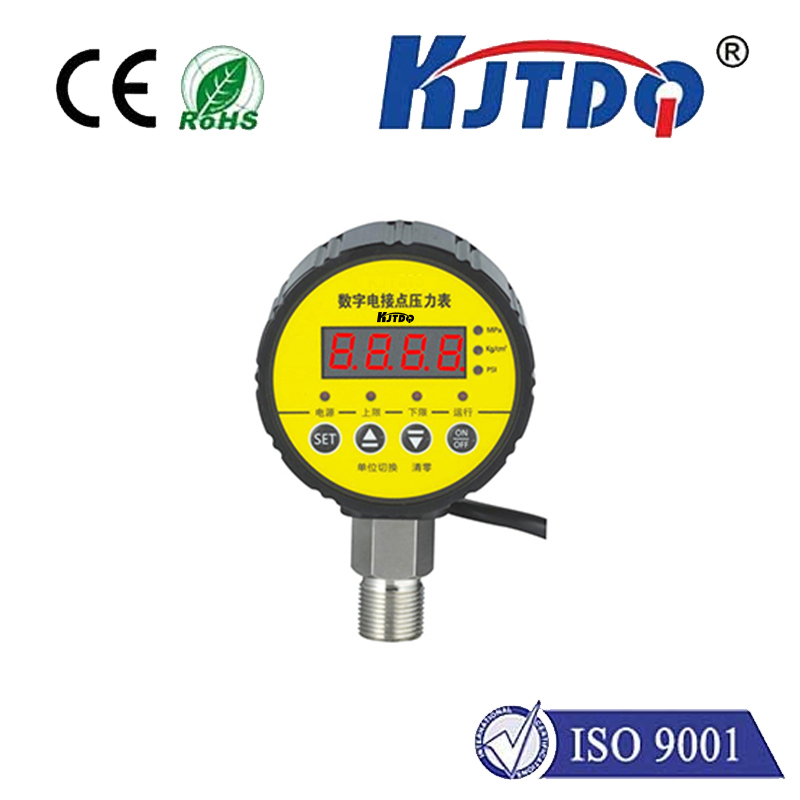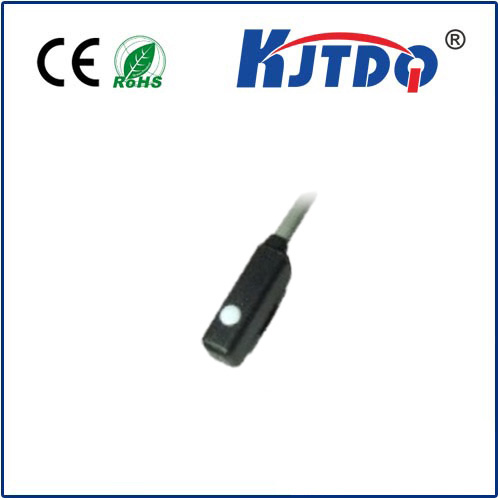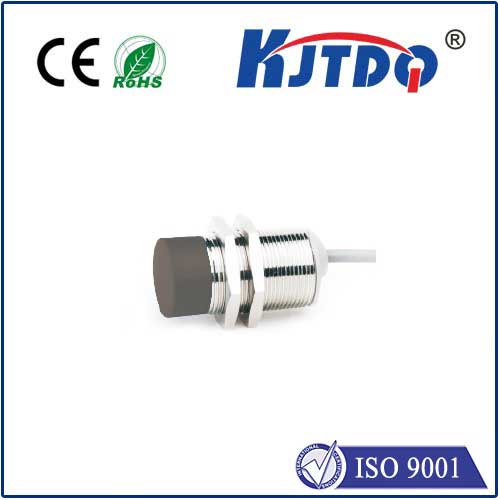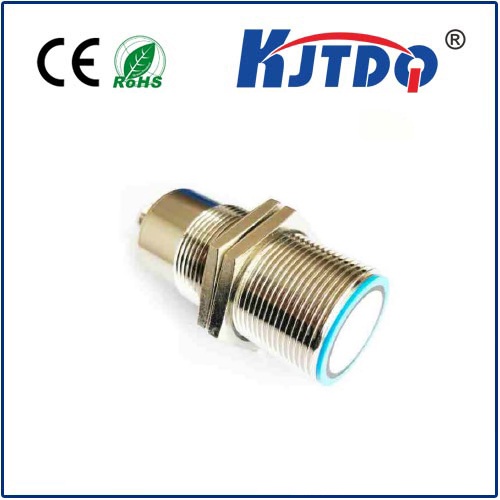Keyence Laser Thickness Measurement: Revolutionizing Precision in Industrial Gauging In an era where manufacturing precision defines competitiveness, industries are turning to cutting-edge technologies to ensure accuracy, efficiency, and quality control. Among these innovations, Keyence laser thickness measurement stands out as a game-changer. By leveraging non-contact laser technology, Keyence has redefined how industries measure material thickness—delivering micron-level precision while eliminating the limitations of traditional methods. Whether in automotive manufacturing, semiconductor production, or aerospace engineering, this technology is setting new benchmarks for reliability. Let’s explore how Keyence’s laser-based systems are transforming industrial measurement.
At its core, Keyence’s technology relies on Лазерная триангуляция, a method that uses focused laser beams and high-resolution sensors to calculate material thickness. Unlike contact-based tools like calipers or micrometers, which risk damaging delicate surfaces, Keyence’s systems measure without physical interaction. This is particularly critical for industries handling thin films, coated materials, or heat-sensitive substrates. The process involves emitting a laser onto the target surface and capturing the reflected light with a CMOS sensor. Advanced algorithms then analyze the light’s displacement to determine thickness. What sets Keyence apart is its integration of high-speed data acquisition (up to 50,000 readings per second) and adaptive algorithms that compensate for surface irregularities, vibrations, or environmental fluctuations.

Keyence’s laser thickness measurement technology is reshaping multiple sectors:
As Industry 4.0 accelerates, Keyence’s measurement tools are becoming integral to smart manufacturing ecosystems. Their sensors seamlessly integrate with PLCs, SCADA systems, and AI-driven analytics platforms. For instance, in a fully automated steel mill, thickness data can trigger real-time adjustments in rolling mills or alert operators to potential deviations. One notable case study involves a Japanese electronics manufacturer that reduced production downtime by 30% after adopting Keyence’s CL-3000 series. By correlating thickness data with process parameters, the company identified bottlenecks in its coating line and optimized throughput.
Looking ahead, Keyence is pioneering the integration of machine learning with laser measurement. AI algorithms can predict tool wear or material drift by analyzing historical thickness data, enabling predictive maintenance. Additionally, combining laser sensors with spectral analysis or thermal imaging could unlock new dimensions of quality control—such as detecting subsurface defects while measuring thickness.
In a world where precision is synonymous with profitability, Keyence’s laser thickness measurement systems offer more than just accuracy—they provide a foundation for innovation. By eliminating human error, reducing waste, and enabling smarter production, this technology isn’t just measuring thickness; it’s shaping the future of manufacturing.
